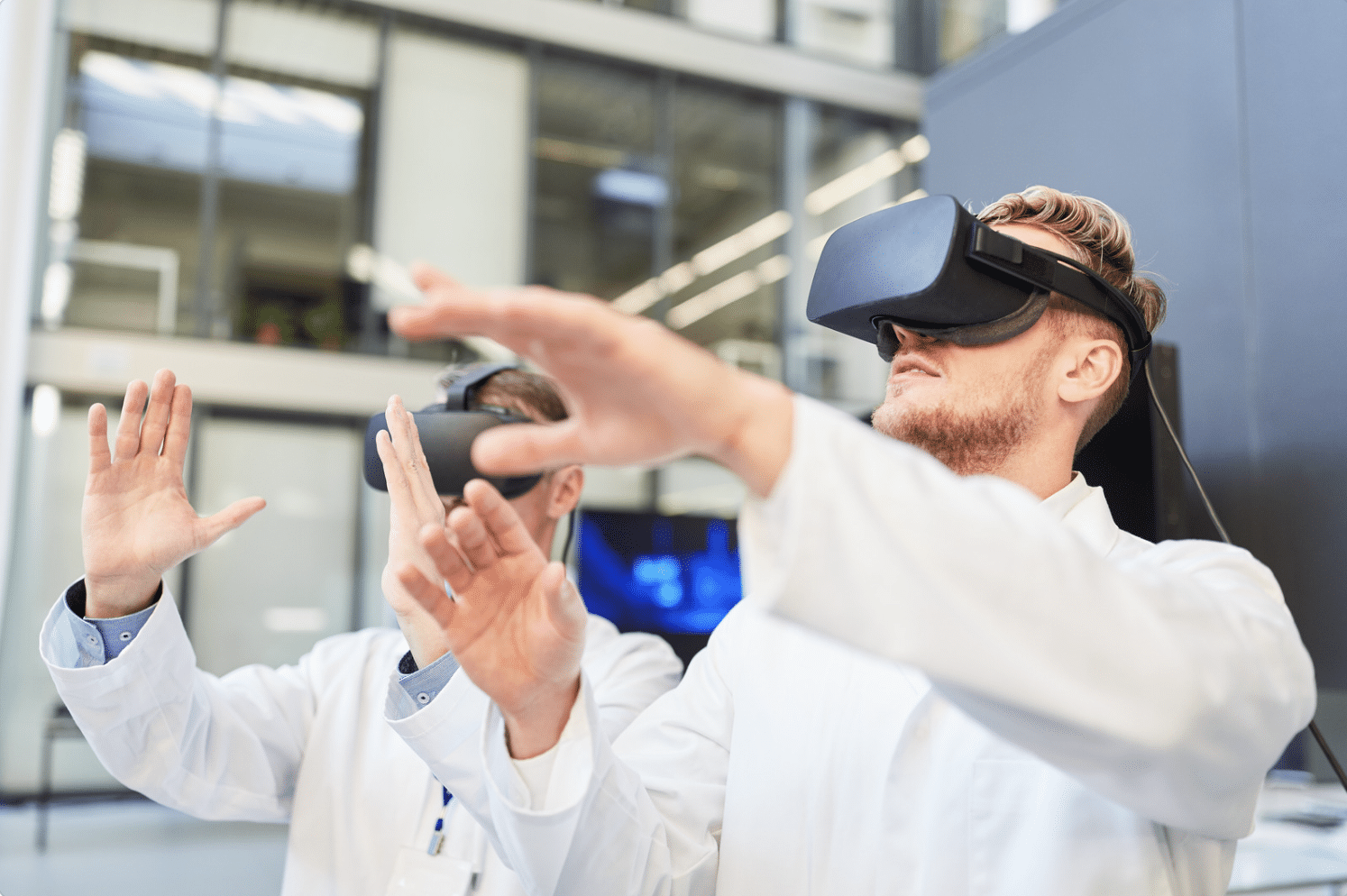The landscape of higher education is undergoing a revolution fueled by the rise of virtual reality (VR) and augmented reality (AR). These immersive technologies, collectively known as the metaverse, are fundamentally changing the way students learn and professors teach.
The metaverse encompasses a spectrum of experiences: VR headsets transporting you to entirely new worlds, AR glasses overlaying computer-generated images onto your physical environment, and mixed reality (MR) blending both virtual and physical elements. This spectrum offers educators a powerful toolkit to create engaging and interactive learning experiences for their students.
The impact of VR/AR goes beyond mere novelty. Studies show a significant positive impact on student engagement and learning outcomes. 40% of VR learners report increased confidence in applying their knowledge, while engagement levels jump by a staggering 150% compared to traditional classroom settings. Additionally, research indicates an 11% increase in test scores for students learning in VR environments.
Educators are enthusiastic about the potential of these technologies. 77% of teachers believe VR/AR ignites curiosity and significantly improves student engagement. Universities across the US are actively embracing VR, collaborating with companies like Meta to develop innovative learning experiences. Stanford University, for example, utilizes the BodySwaps app to equip business school students with essential soft skills through virtual interview practice.
The possibilities offered by VR/AR are endless. Imagine history students virtually walking through ancient battlefields, or nursing students gaining hands-on experience in simulated hospital environments. VR allows students to explore diverse worlds without ever leaving the classroom, fostering a deeper understanding of complex subjects.
This technology’s impact extends beyond geographic limitations. Universities embracing VR/AR are being dubbed “metaversities.” These immersive platforms allow remote students and faculty to connect synchronously, replicating the experience of a physical campus through VR headsets.
Professors are witnessing firsthand the transformative power of VR/AR. “My students are more receptive to learning hard-to-grasp subject matter,” said Muhsinah Morris, a chemistry professor and metaverse program director at Morehouse College. “You can’t see molecules, but in my virtual reality classroom where I taught advanced inorganic chemistry, you can. You can actually build three-dimensional representations of molecules. The learning tends to happen faster.”
The rise of VR/AR signifies a paradigm shift in higher education. These technologies offer a dynamic and engaging learning environment, boosting student engagement, improving knowledge retention, and fostering deeper understanding. As the metaverse evolves, we can expect even more innovative applications that will redefine the future of learning.
Resources:
Clegg, Nick. “Metaverse Technologies Are Creating New Opportunities for Teachers to Inspire Students.” Meta.com. September 12, 2023. https://soeonline.american.edu/blog/benefits-of-virtual-reality-in-education/
D’Agostino, Susan. “College in the Metaverse is Here. Is Higher Ed Ready?” InsideHigherEd.com. August 2, 2022. https://www.insidehighered.com/news/2022/08/03/college-metaverse-here-higher-ed-readyMarr, Bernard. “The Future of Learning Reshaped by VR, AR, and Blockchain.” Forbes.com. June 29, 2023. https://www.forbes.com/sites/bernardmarr/2023/06/29/the-future-of-learning-reshaped-by-vr-ar-and-blockchain/?sh=6ab3a5e07155
Most Recent Posts
Explore the latest innovation insights and trends with our recent blog posts.













